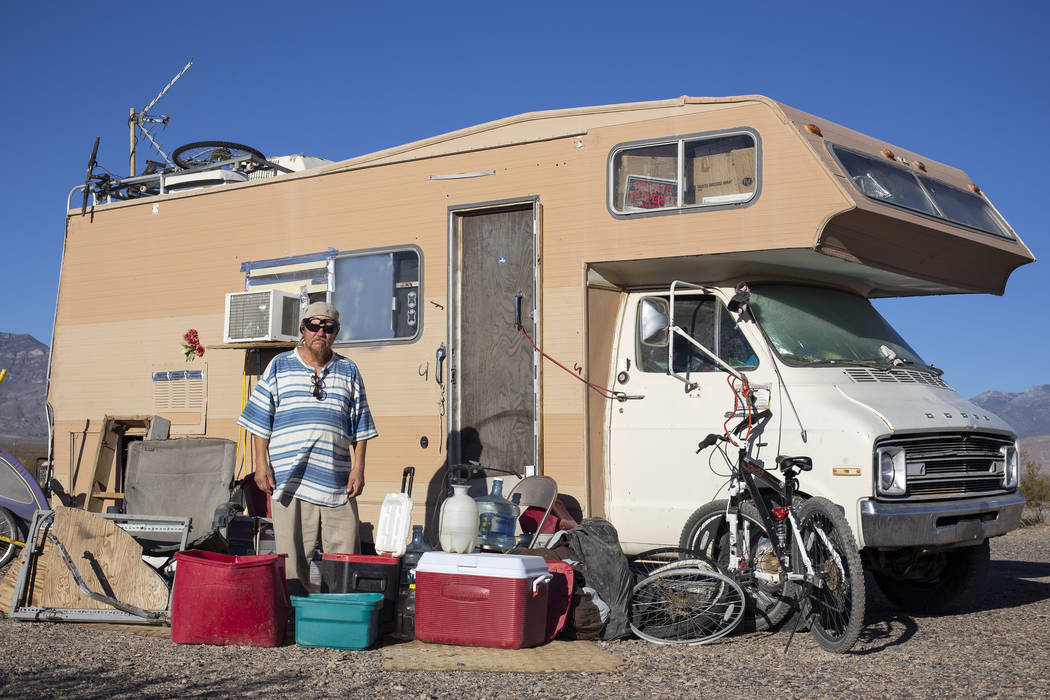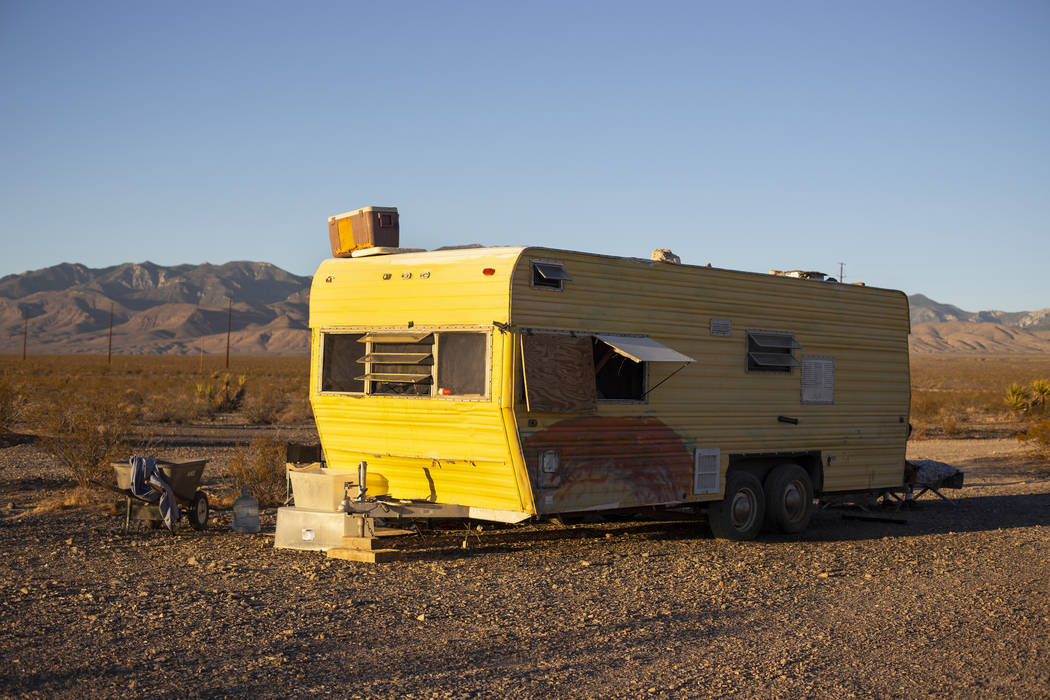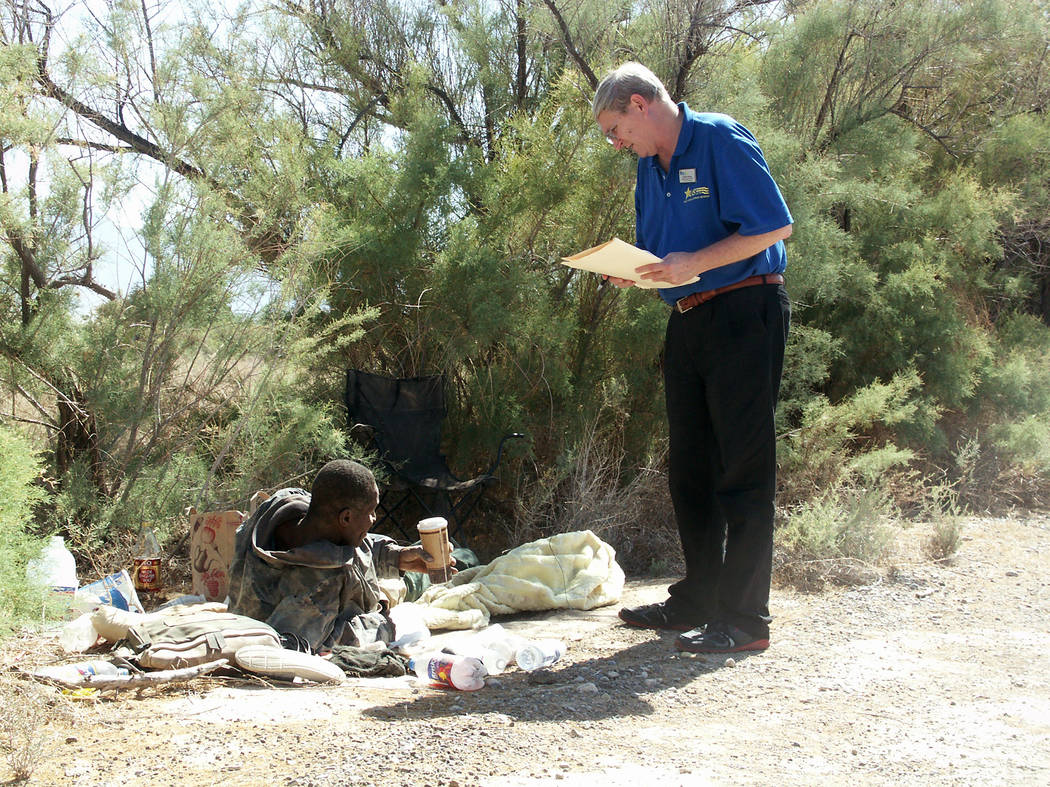Nevada awarded $16 million through HUD for homeless aid programs
Dozens of homeless assistance programs in Nevada will receive more than $16 million in federal grants, the U.S. Department of Housing and Urban Development announced.
The money is provided through HUD’s Continuum of Care Program and will go toward 50 existing programs in the state. More than $13 million will go to Clark County programs.
“A safe, affordable place to call home is key when creating a path toward opportunity and self-sufficiency,” HUD Secretary Ben Carson said in Ohio, where he made the announcement Tuesday. “The grants awarded today help our partners on the ground to reduce homelessness in their communities and help our most vulnerable neighbors.”
The grants are part of nearly $2.2 billion awarded nationwide to support 6,593 programs that help with shelter, transitional and permanent housing programs.
Clark County has the second- highest rate of unsheltered homeless youth — behind Santa Clara County in California, which includes San Jose — according to HUD’s 2019 Annual Homeless Assessment Report.
The report said Clark County has the fourth-highest number of unaccompanied homeless youth, at 1,184, behind only Los Angeles, New York City and San Jose.
Nevada’s overall homeless population dropped 6 percent since 2018, according to its annual homeless census conducted in January. The state ranked third in the nation in terms of largest decrease from the previous year.
But the state still had the fourth-highest percentage of unsheltered homeless, at 53.1 percent of its 7,169 homeless, trailing California, Oregon and Hawaii, the report said.
Nationwide, most of the country experienced a combined decrease in homelessness but significant increases in unsheltered and chronic homelessness on the West Coast, particularly California and Oregon, offset those decreases, causing an overall increase in homelessness of 2.7 percent, with more than 567,000 people experiencing homelessness on a single night in January 2019, according to the report.
The number of families with children experiencing homelessness declined 5 percent from 2018 and more than 32 percent since 2010. Local communities also reported a continuing trend in reducing veteran homelessness across the country—the number of veterans experiencing homelessness fell 2.1 percent since January 2018 and by 50 percent since 2010.




















